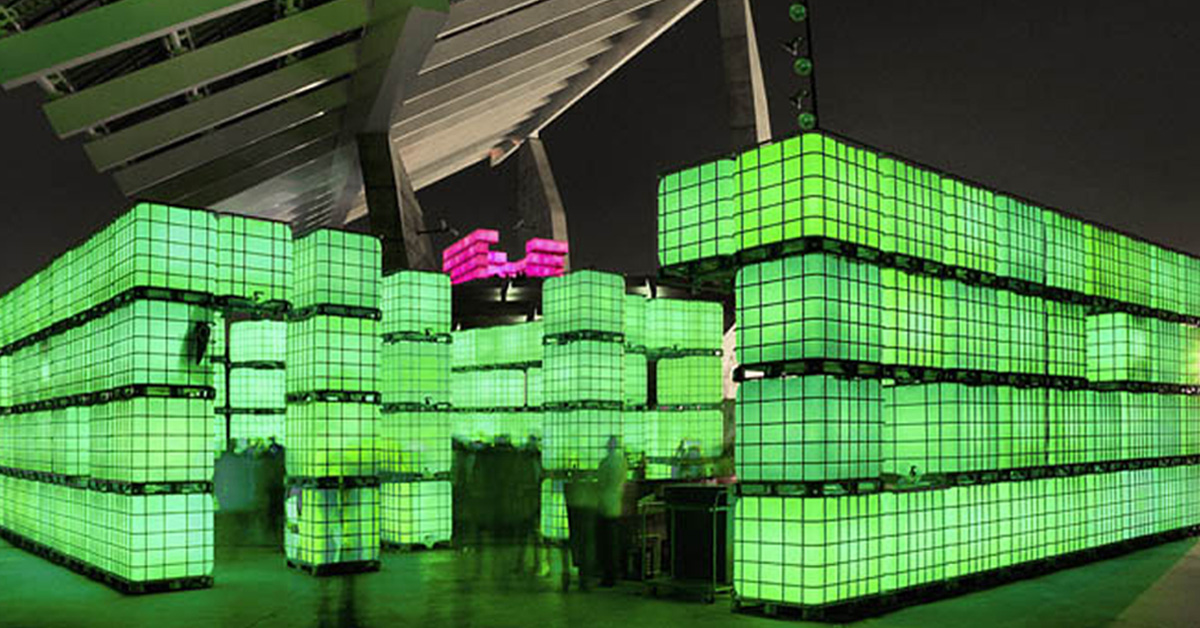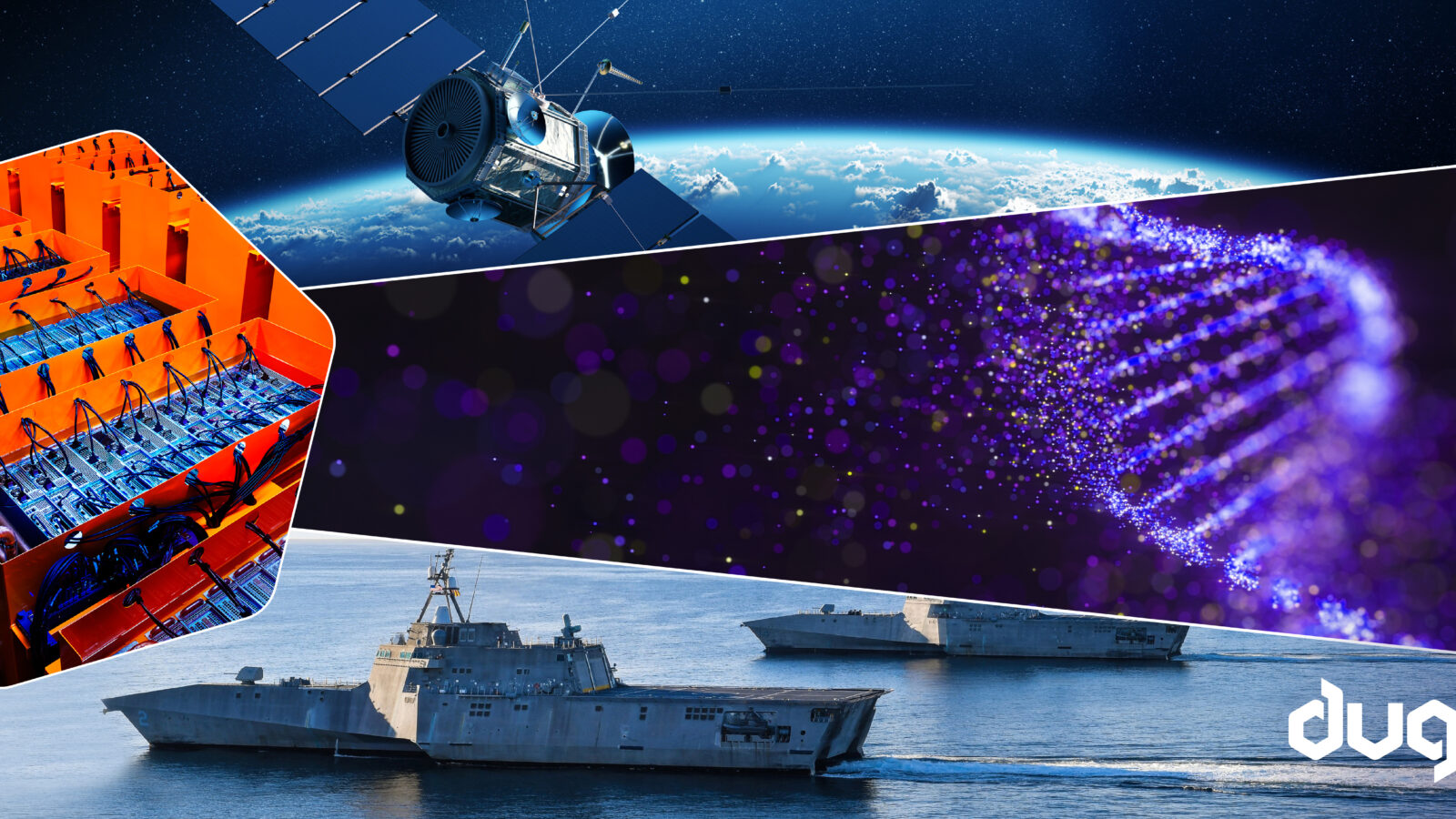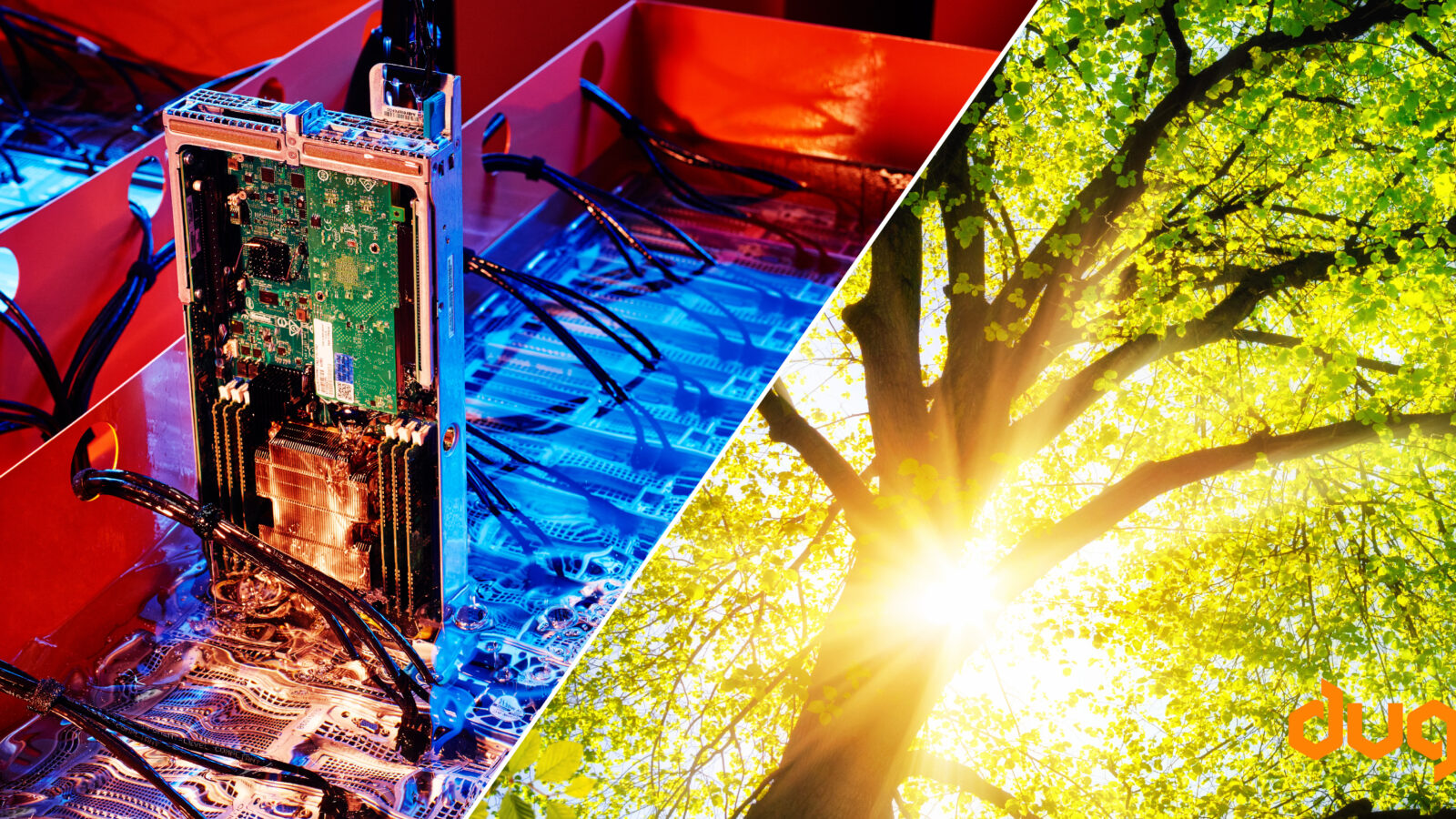Recently there has been a lot of activity and conversation about renewable hydrogen. The Western Australian Government has developed a state-based strategy, and the Australian Federal Government has developed a national strategy. There are a number of projects appearing in Australia and huge potential for this trend to continue growing.
But what does this mean for the datacentre space? How much hydrogen, and therefore space, do you need to run a modern datacentre?
Hydrogen has an approximate electrical energy density of about 33kWh per kg, using fuel cell technology. To keep a 1MW datacentre running for twelve hours requires 363 kg of hydrogen.
How much space does that require?
At 20oC at one atmosphere of pressure (ie. not compressed), 1kg of hydrogen consumes about 12m3 of space. That means 363kg hydrogen would demand around 4356m3 of space.
That is approximately 4000 IBCs (intermediate bulk containers) – which is about 1% of Australia’s yearly output of IBCs. This would take up an approximate space of 72m x 72m or 5,000m2 if you stacked the IBCs three-high.
If we pressurised the hydrogen to three atmospheres, which is sustainable by an IBC, then this drops to about 1,333 IBCs (42m x 42m or approx. 1700m2).
To put that into perspective, if you have 1MW of solar, that would take approx. 6100m2 of space. Of course, to power a datacentre by day and generate hydrogen will require three or four times this capacity.
By compressing hydrogen even further, the total volume needed to be stored can be greatly reduced. But beware – many materials you would usually construct pressure vessels from, such as stainless steel, are not suitable for use with hydrogen. So careful and meticulous engineering needs to be undertaken.
Advanced technologies such as DUG Cool immersion cooling, which drastically reduce the amount of energy consumed, directly decrease the amount of hydrogen required, and thus the space and infrastructure necessary to store it.
Green technology helping green energy – double green is the future.




































